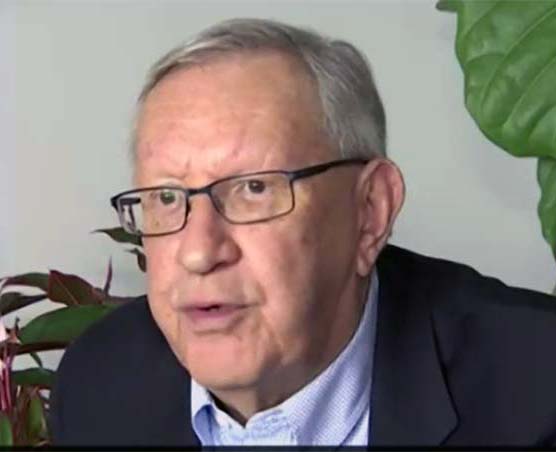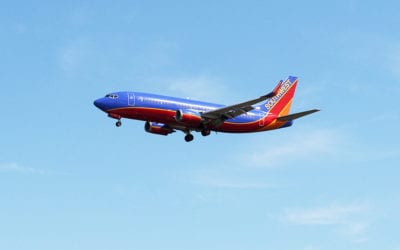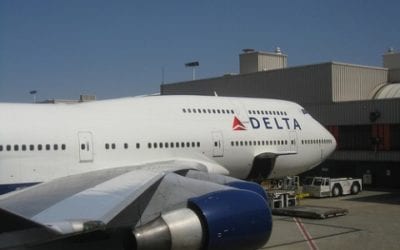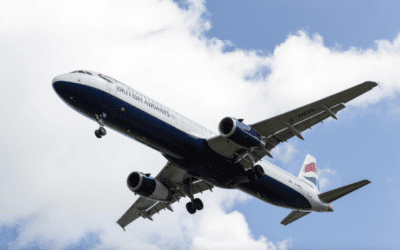The Department of Homeland Security (DHS) is in the midst of implementing a far more robust border and visa control program for inbound foreign visitors and making plans for a similar program to check foreigners when they leave the country. Do we really need both arriving and departing visitors controlled?
Most Americans are not aware of the new requirements for foreigners visiting the USA to submit to fingerprinting of all 10 fingers upon entering out country. These foreigners, some already faced with an overburdened visa system, are then subjected to more scrutiny when they reach our airports. Even visa waiver partner country citizens will now have to fill out an Internet personal information form prior to coming to the USA.
These actions and regulations have been debated and most in Congress and in the travel industry recognize that some additional border controls are prudent, however, another debate is raging over whether exit controls are necessary and even more importantly, who will will pay for establishing these exit control mechanisms — the airlines or the government.
Basically, DHS is stymied about the best way to control both inbound and outbound foreign visitors. They have decided to punt and give the ball to the airlines by mandating that the airlines must figure out and pay for an exit visa control system. Naturally, the airlines are screaming, and so is Congress.
The exit system is supposed to be part of the United States Visitor and Immigrant Status Indicator Technology program, or US VISIT, which was required by the 2001 USA Patriot Act and recommended by the 9/11 commission to better track when foreign visitors entered and exited the country. When a foreign traveler enters the United States, the US VISIT system checks if the person’s fingerprints match those in a government database of known or suspected terrorists. DHS completed the portion of the system to check visitors’ identities when they entered the country in 2005, but the department has yet to develop the exit portion of the system, mostly because airports and the government lack established processes and equipment such as networks and kiosks to check foreign travelers as they leave.
Once again, Congressional timelines seem to be driving the implementation more than on-the-ground realities at US entry points. Homeland security has been having trouble finding a way to control every departing passenger and therefore reasoned that the airlines that have contact with each and every passenger when they check in would be the logical touch point. That thinking may have had legs had DHS not added that the funding for these controls would also come from airline coffers.
Congress in now considering stopping this DHS funding mandate and forcing the government to come up with a way to maintain responsibility for funding and border control. There is a long way to go with this discourse.
An even bigger question might be whether we need controls for those exiting our country. If we do a good job with incoming visa and border controls, there is little clear and present danger when visitors depart.
In days of limited budgets, I think our money could be better spent on cargo inspections and improving our intelligence product. The most important portion of this initiative is keeping the bad guys out. Once a terrorist is already inside the country, we have more problems than checking when he leaves.

Charlie Leocha is the President of Travelers United. He has been working in Washington, DC, for the past 14 years with Congress, the Department of Transportation, and industry stakeholders on travel issues. He was the first consumer representative to the Advisory Committee for Aviation Consumer Protections appointed by the Secretary of Transportation from 2012 through 2018.



